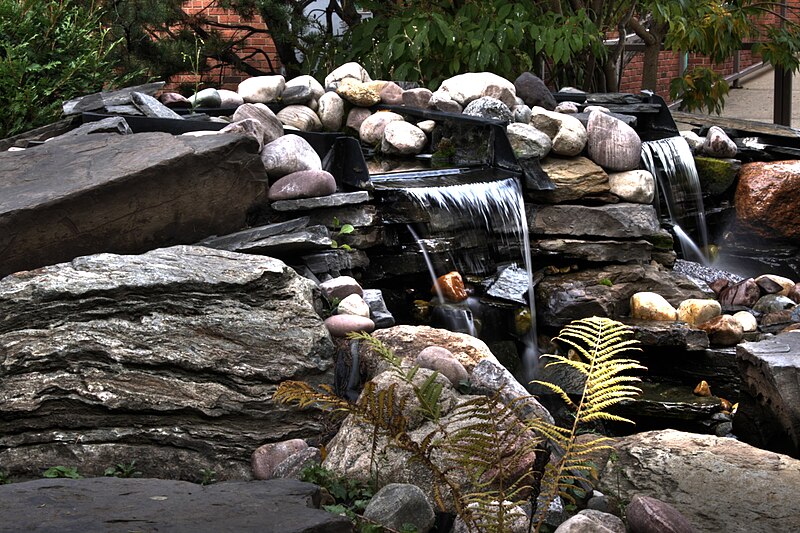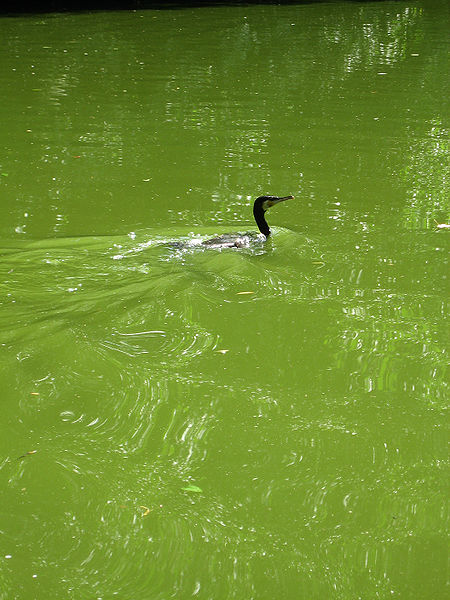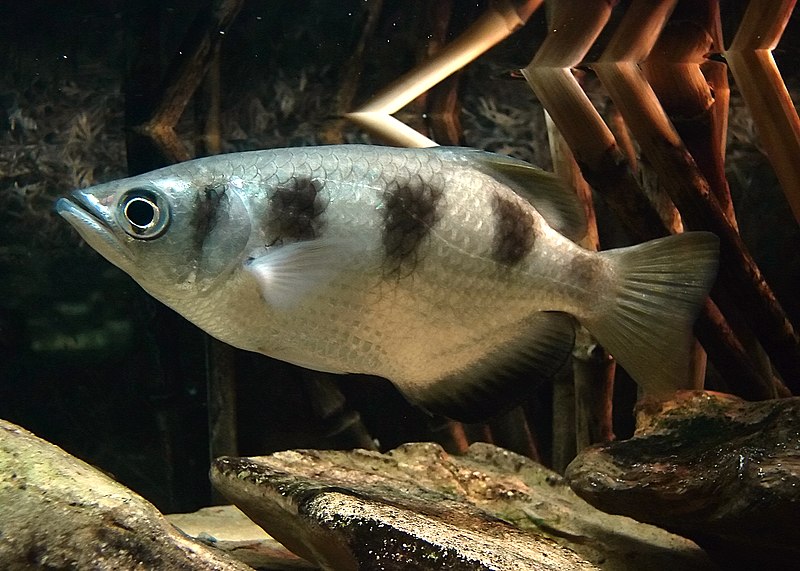 Backyard pond projects can be rewarding if you give plenty of consideration to design and equipment from the start. To build your dream pond or water feature, one of the biggest and most important investments will be the pump, which will bring your display to life. It is important to invest in the right pond pump for your pond or water feature to ensure that the flow rate is appropriate for your design. If you’re planning on including any type of vertical feature like a waterfall in your plan, be sure you are prepared to add a pump powerful enough to make strong flow for the best impact.
Backyard pond projects can be rewarding if you give plenty of consideration to design and equipment from the start. To build your dream pond or water feature, one of the biggest and most important investments will be the pump, which will bring your display to life. It is important to invest in the right pond pump for your pond or water feature to ensure that the flow rate is appropriate for your design. If you’re planning on including any type of vertical feature like a waterfall in your plan, be sure you are prepared to add a pump powerful enough to make strong flow for the best impact.
Types of Pumps
Submersible Pumps are designed to operate completely submerged in your pond, and need a constant flow of water while running to keep them from overheating. Many submersible pond pumps include integrated pre-filters or filtration systems, and possibly pond fountain systems. Submersible pond pumps are very easy to install, however they must be retrieved from the pond to perform maintenance. These pumps are easily concealed on the bottom of the pond, and they won’t disrupt your outdoor activities with unwanted noise or look visually unappealing against your natural display. Debris handling waterfall pumps are designed for large ponds and for supplying water to vertical features including streams and waterfalls. Unique designs allow these pumps pump at high flow rates and to allow small debris to pass through without damaging internal parts. Read More »
 That Fish Blog – Aquarium Advice and Information
That Fish Blog – Aquarium Advice and Information




